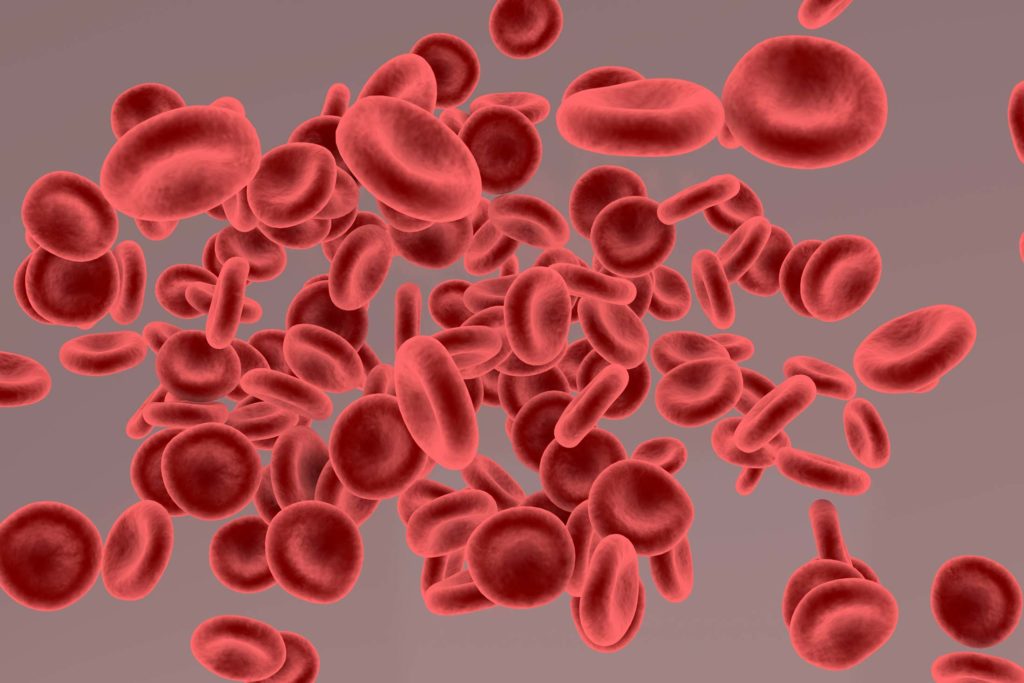
One in every 20 Americans has peripheral artery disease, according to the National Institute of Health’s Heart, Blood and Lung Institute. This disease increases the risk of heart attack and stroke for many, but can be especially dangerous diabetics. Interventional medical treatments are now helping people with diabetes lower their risks of complications from peripheral artery disease and improve health outcomes.
Peripheral Artery Disease, also known as PAD, is a disease caused by the buildup of plaque in the arteries of the legs, abdomen, and pelvic area. Arterial plaque is caused by fat, cholesterol, mineral deposits and other substances that build up along the wall of arteries. Arteries carry oxygen-rich blood from the heart to the rest of the body. Plaque hardens in the artery over time, a condition known as atherosclerosis. As plaque hardens, it narrows the available space in the vessel and reduces blood flow. This reduction in blood flow means oxygen is not being carried to the extremities and can result in claudication, painful cramping in the legs caused by reduced oxygen due to obstructed arteries. Additionally, PAD patients also have difficulty walking, numbness in the lower extremities and may have sores on the legs or feet that do not heal.
The American Diabetes Association estimates that one in three diabetes over the age of 50 has PAD, but peripheral artery disease can be found in diabetics at any age. PAD is especially common in patients that have Type 2 diabetes. This is because many Type 2 diabetics have uncontrolled blood sugar, which increases the production of artery-clogging LDL cholesterol. Diabetics with additional risk factors like being overweight or obese, smoking or living a sedentary lifestyle also have an increased risk of developing peripheral artery disease.
Many diabetics with peripheral artery disease are not aware they have the disease, because the symptoms of PAD can be similar to the symptoms of their diabetes, or are simply the signs of getting older. Many people go undiagnosed and untreated. If left untreated, PAD can lead to blood clots, amputations, kidney failure and even death.
Peripheral artery disease can be diagnosed successfully in most diabetics by measuring the patient’s ankle-brachial pressure index, ABI. This test is not invasive and is performed by interventional radiologists like Dr. Michael Budler, M.D., of Grande Island, Nebraska. Budler explains the importance of the ABI test, “The ABI test is the fastest and most accurate way to diagnose if a patient has peripheral artery disease.”
During the test, blood pressure readings taken using Doppler technology on the patient’s arms and legs to measure the blood flow through the extremities. ” If blood pressure is lower in the legs PAD may be present,” says Budler. The test is painless and takes approximately an hour.
Once diagnosed, patients can work with their physicians to develop a treatment plan. Treatments for PAD include the use of statins to reduce cholesterol, vasodilation medications to widen the blood vessels and blood thinners to reduce or dissolve blood clots. Interventional radiologists like Budler also perform treatments like angioplasty and vascular stenting.
Angioplasty uses a small catheter inserted into the artery to deliver a balloon that inflates to push any plaque out of the way and increase blood flow. Vascular stenting involves inserting a mesh tube to keep the artery open and blood flowing.
Diabetics are encouraged to talk to their doctor about their symptoms. Patients can reduce their risk of developing PAD by keeping their A1C levels below 7 percent, lowering their LDL cholesterol and lowering their blood pressure. Also, increasing activity and managing weight through exercise as well as eating a healthy diet can help lower the risk of developing peripheral artery disease.
